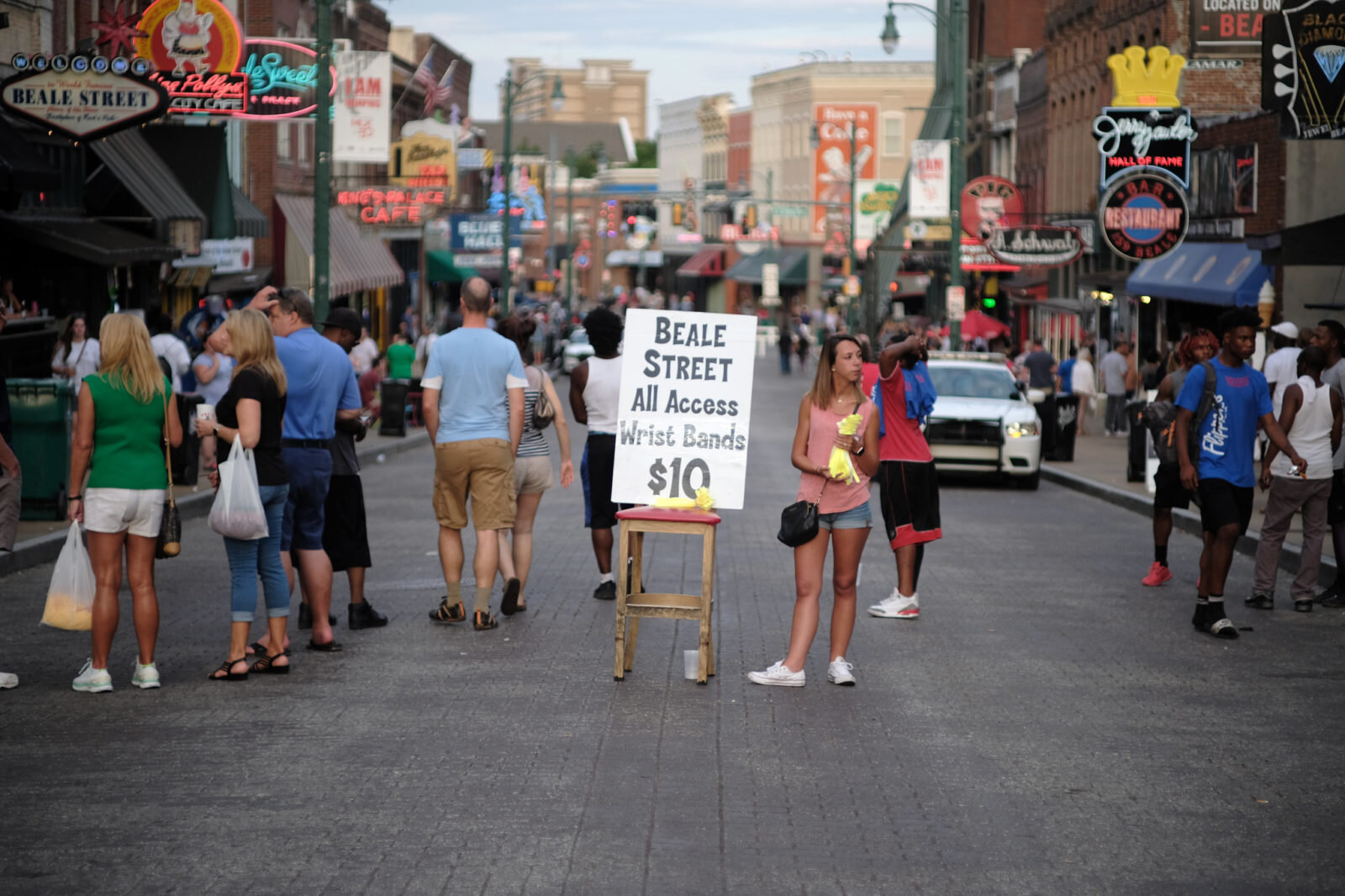
Want Safer Streets?
Here’s your chance. For the first time in Salt Lake City’s history, the city is considering setting a target speed for cars on every street.
More than putting up a speed limit sign and asking drivers to obey it (they don’t). More than sending law enforcement to catch drivers when they speed (they can’t). All 10,000 street segments in the city would be designed and managed with a given — safe — speed in mind for all our neighborhoods.
Streets make up about 80% of the public’s space in Salt Lake City, they should be designed with safety in mind. Luckily, Salt Lake City’s Transportation Division is rewriting the definitions of every single street in town. Read on to find out more.
A Plan for 10,000 Streets
Street Typologies is a city-led effort to create 15 new definitions for every single street in Salt Lake City. Yes, all 10,000 of them.
Think of it like this: The city is creating zoning for streets. When a housing developer wants to build a new apartment building in a neighborhood, the city will look at the zoning for that area and determine whether the building is allowed.
With Street Typologies, the same will go for Salt Lake City’s streets. If this fall the Transportation Division plans to repave a section of Main Street, it will look at the Street Typologies plan, see what’s planned for that street and make any changes in line with that policy.
More Granular. More Accurate.
The plan that will be proposed to the City Council will, for the first time in the city’s history, set a target design speed for every street. That means that when decisions about roads are made, they will account for how fast we want cars to be moving.
Learn about each option below, then head to the city’s Street Typologies site to see what the future holds for the street in front of your house, on your commute to work, in front of your child’s daycare, etc.
Our Position.
After the public weighs in, the Salt Lake City Council should adopt the Street Typologies as a guiding document to be used for all street projects moving forward.
The city should identify at least one street, likely Downtown, to become a pedestrian-only street.
The city should begin tracking existing speeds on streets today so that we can measure progress toward the target speed.




